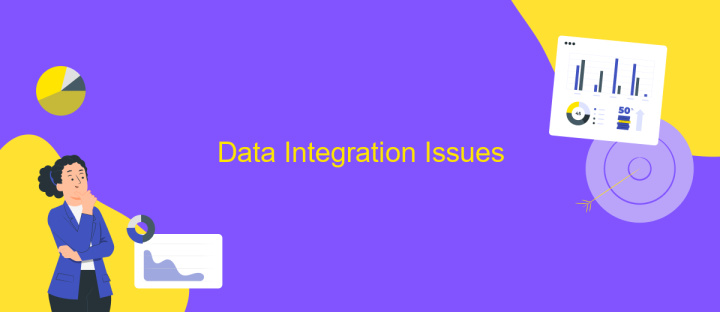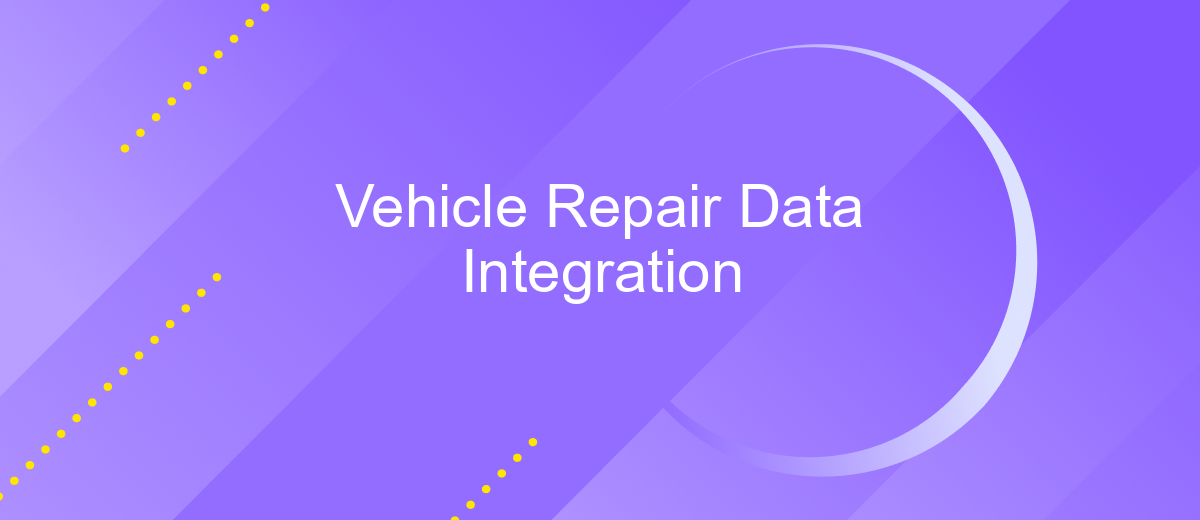Vehicle Repair Data Integration
In today's rapidly evolving automotive industry, the integration of vehicle repair data is essential for enhancing efficiency and accuracy in maintenance processes. By seamlessly connecting diagnostic information, repair histories, and real-time updates, workshops can streamline operations, reduce downtime, and improve customer satisfaction. This article explores the benefits and methods of integrating vehicle repair data to optimize automotive service management.
Introduction
Vehicle repair data integration is a critical aspect of modern automotive maintenance and service operations. As vehicles become increasingly complex with advanced technologies, the need for seamless data exchange between various systems and stakeholders has never been greater. This integration not only enhances the efficiency of repair processes but also improves accuracy and customer satisfaction.
- Streamlined communication between repair shops and parts suppliers
- Enhanced diagnostic accuracy through real-time data sharing
- Improved inventory management and parts availability
- Reduction in repair times and costs
- Increased customer trust and loyalty
In this article, we will explore the various facets of vehicle repair data integration, examining the technologies involved, the benefits they offer, and the challenges that must be overcome. By understanding these elements, stakeholders in the automotive industry can better leverage data integration to drive efficiency and innovation in vehicle repair and maintenance services.
Data Sources

Vehicle repair data integration relies on multiple data sources to ensure accurate and comprehensive information flow. These sources include vehicle diagnostic systems, repair shop management software, and parts inventory databases. Each of these sources provides critical data points such as error codes, maintenance records, and parts availability, which are essential for efficient vehicle repair processes. By integrating these diverse data points, repair shops can streamline their operations, reduce downtime, and enhance customer satisfaction.
To facilitate seamless integration of these data sources, services like ApiX-Drive can be employed. ApiX-Drive offers a user-friendly platform that allows repair shops to connect and synchronize data from various systems without requiring extensive technical expertise. This service supports a wide range of integrations, enabling repair shops to automate data transfer, reduce manual entry errors, and ensure that all relevant information is available in real-time. Consequently, utilizing ApiX-Drive can significantly improve the efficiency and accuracy of vehicle repair data management.
Data Integration Issues

Integrating vehicle repair data from various sources presents several challenges that can affect the accuracy and efficiency of the data management process. The disparate nature of data formats, the inconsistency in data entry, and the lack of standardized protocols contribute to these issues, making it difficult to achieve seamless integration.
- Data Format Variability: Different systems use varying data formats, making it challenging to merge information without extensive preprocessing.
- Inconsistent Data Entry: Human errors and differences in data entry practices can lead to discrepancies, requiring additional validation steps.
- Lack of Standardization: The absence of industry-wide standards for data exchange complicates the integration process, necessitating custom solutions for compatibility.
Addressing these data integration issues requires a multifaceted approach, including the adoption of standardized data formats, implementation of automated data validation tools, and fostering collaboration among industry stakeholders to develop common protocols. By tackling these challenges, the integration of vehicle repair data can be significantly improved, leading to better data quality and more efficient operations.
Data Integration Approaches

Data integration in vehicle repair involves combining information from various sources to create a unified view. This process is crucial for ensuring that all relevant data, such as repair histories, part inventories, and diagnostic codes, are accessible and usable for decision-making and operational efficiency.
There are several approaches to data integration, each with its own set of advantages and challenges. Choosing the right approach depends on factors like the complexity of the data, the existing IT infrastructure, and the specific needs of the organization.
- ETL (Extract, Transform, Load): This method involves extracting data from different sources, transforming it into a consistent format, and loading it into a central repository.
- Data Warehousing: Centralizes data from multiple sources into a single database, allowing for comprehensive analysis and reporting.
- API Integration: Uses application programming interfaces to enable real-time data exchange between systems.
- Data Virtualization: Provides a unified view of data from different sources without physically moving it.
Each of these approaches has its own benefits and limitations. ETL is effective for batch processing, while APIs are better for real-time needs. Data warehousing offers robust analytics capabilities, and data virtualization minimizes data redundancy. Selecting the appropriate method is key to successful data integration in vehicle repair contexts.
Conclusion
The integration of vehicle repair data is a crucial step towards enhancing the efficiency and accuracy of automotive services. By consolidating data from various sources, mechanics and service providers can streamline their operations, reduce manual errors, and provide more timely and precise repairs. This holistic approach not only improves customer satisfaction but also contributes to a more sustainable and cost-effective automotive industry.
Services like ApiX-Drive play a pivotal role in facilitating seamless data integration. With its user-friendly interface and robust capabilities, ApiX-Drive allows businesses to effortlessly connect different data sources, ensuring a smooth flow of information. This enables repair shops to make data-driven decisions, optimize resource allocation, and ultimately deliver superior service quality. As the automotive industry continues to evolve, leveraging advanced integration tools will be essential for maintaining a competitive edge and fostering long-term growth.
FAQ
What is Vehicle Repair Data Integration?
Why is Vehicle Repair Data Integration important?
How can I implement Vehicle Repair Data Integration in my business?
What types of data can be integrated in a Vehicle Repair Data Integration system?
Can Vehicle Repair Data Integration improve customer satisfaction?
Strive to take your business to the next level, achieve your goals faster and more efficiently? Apix-Drive is your reliable assistant for these tasks. An online service and application connector will help you automate key business processes and get rid of the routine. You and your employees will free up time for important core tasks. Try Apix-Drive features for free to see the effectiveness of the online connector for yourself.

